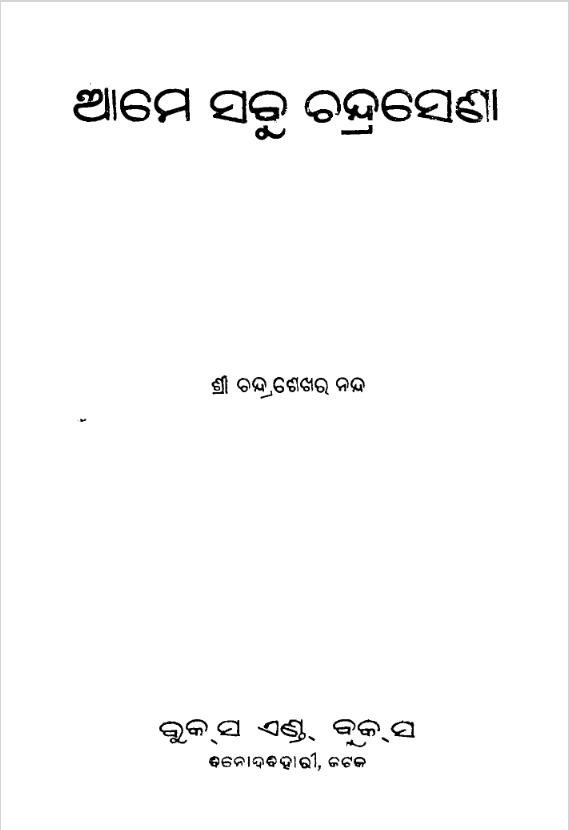In the pantheon of literary contributions that emerged from Odisha in the late 20th century, Ame Sabu Chandrasena, penned by Chandra Sekhar Nanda in 1985, stands as a significant work that intricately weaves the themes of identity, culture, and the human condition through the lens of drama. Nanda, known for his poignant storytelling and evocative language, utilizes this drama to explore the nuanced interplay of personal and collective narratives in Odia society.
At its core, Ame Sabu Chandrasena is more than just a play; it is a reflection of the trials and tribulations faced by its characters against the backdrop of a rapidly changing socio-political landscape. The title itself suggests a collective voice – “Ame” means ‘we’ in Odia. This inclusivity sets the stage for a drama that transcends individual experiences, addressing broader themes of belonging and identity that resonate with audiences deeply rooted in their cultural ethos.
In the play, Nanda introduces a diverse cast of characters who each embody different facets of Odia life, and through their interactions, the audience gains insight into the struggles and aspirations that define their existence. Central to the narrative is the character of Chandrasena, who serves as a symbolic figure representing the quest for self-identity amidst external pressures and societal expectations. His journey is both personal and universal, as it speaks to the age-old conflict between tradition and modernity that many face.
The dramatic structure of Ame Sabu Chandrasena is enhanced by the incorporation of sangita (music), which plays a pivotal role in establishing mood and conveying emotion. Nanda seamlessly integrates folk melodies and traditional tunes, enriching the theatrical experience and rooting the characters’ journeys in their cultural landscape. This musical element not only elevates the narrative but also serves as a bridge connecting the audience to the emotional undercurrents of the play, making the themes more accessible and relatable.
One of the most compelling aspects of the drama is Nanda’s ability to capture the essence of collective struggle. The characters often find themselves at a crossroads, torn between their dreams and the harsh realities of life. This dilemma mirrors the experiences of many in a rapidly evolving world, making the themes of sacrifice, resilience, and hope poignant and relevant. Through the lens of Chandrasena and his compatriots, the audience is invited to reflect on their own lives and the choices they face in the pursuit of their identities.
Moreover, the play serves as a catalyst for discussing broader social issues, including the dynamics of family, community, and the often-hidden tensions that arise from cultural change. Nanda’s adept storytelling unveils these layers, compelling the audience to engage with and question the status quo.
Books Info
| Books name | Ame Sabu Chandrasena / ଆମେ ସବୁ ଚନ୍ଦ୍ରସେଣା |
| Author | Chandra Sekhar Nanda |
| No Of pages | 99 |
| Publisher | Sri Krushna Chandra Behera |
| Publication | 1985 |
| Printed At | Maa Santoshi Press |
| Distributor | NA |

